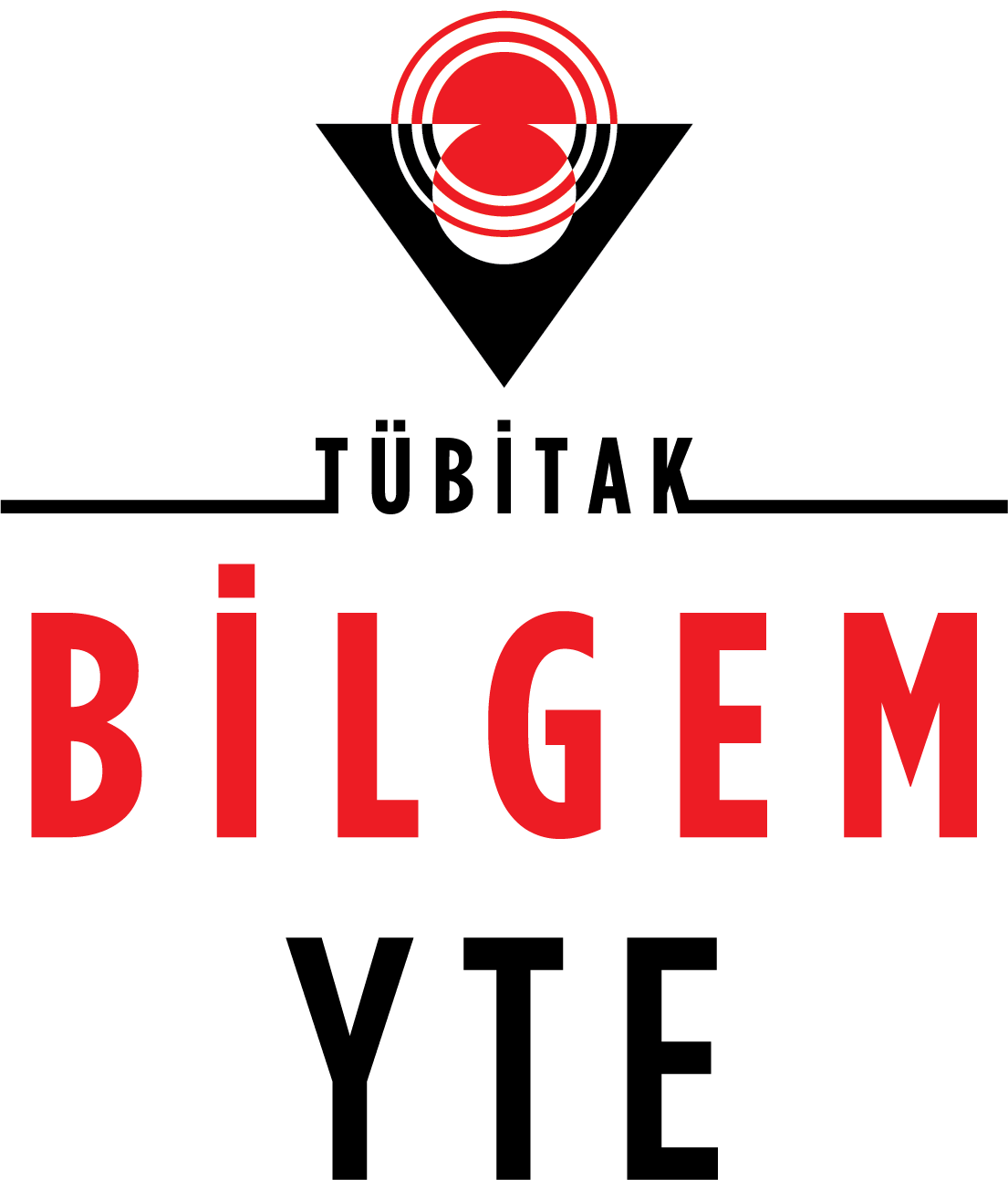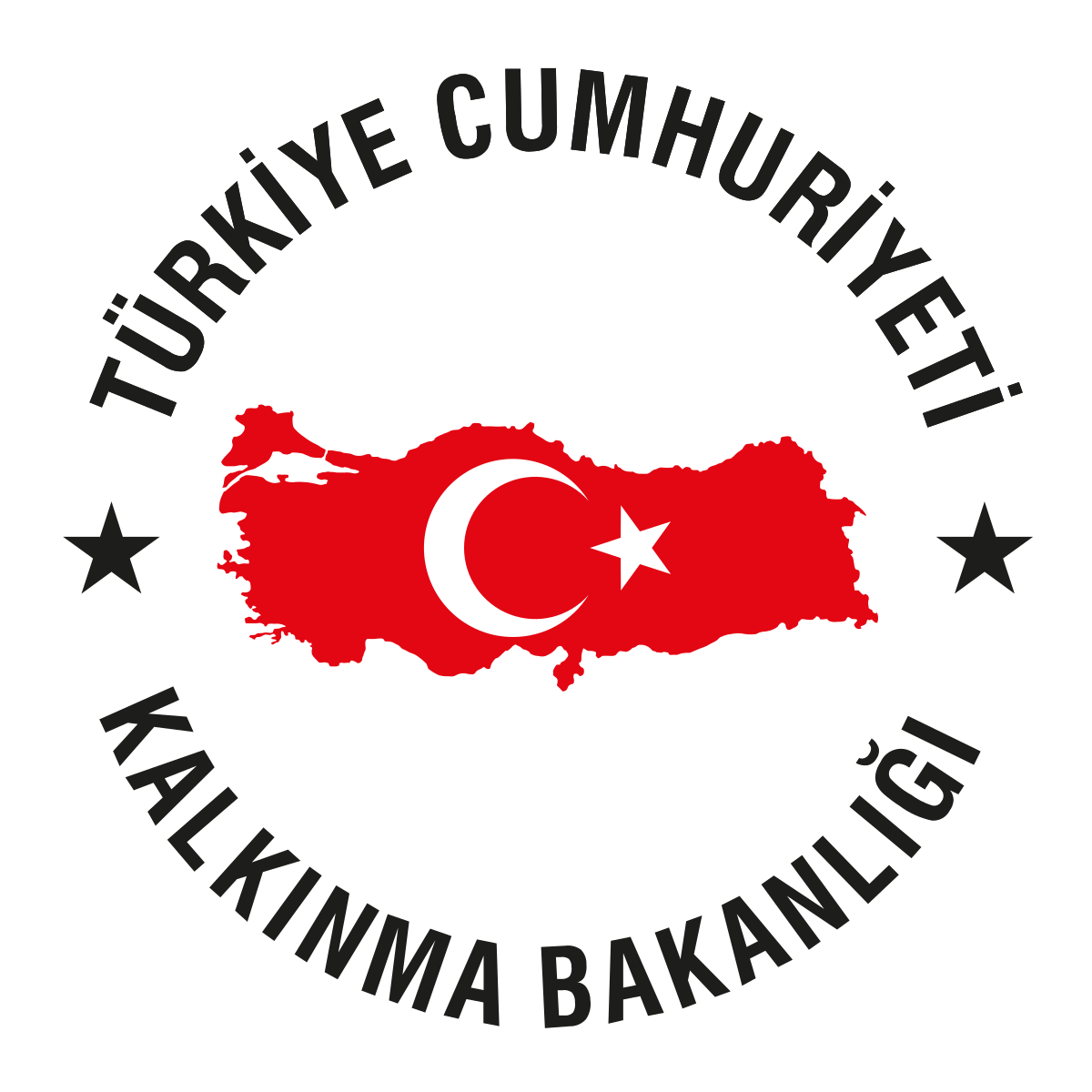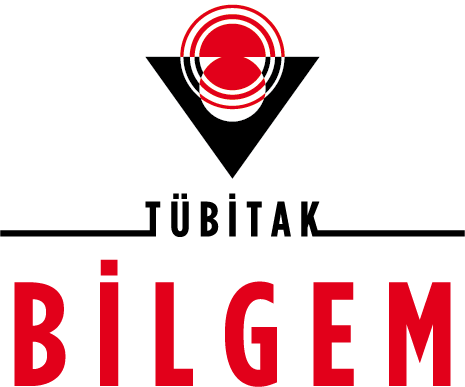YTE
KAMİS
YTE
What is KAMİS?
- About the Project
- Usability
- Accessibility

The Public Internet Sites Guide (KAMİS) Project, implemented by the Ministry of Development of the Republic of Turkey and the Software Technologies Research Institute (YTE) of TÜBİTAK BİLGEM, aims to bring public internet sites into compliance with usability and accessibility standards. The project also intends to increase awareness among public service-providing institutions to have more usable and accessible internet sites.
Within the scope of the project, two components have been developed: the Public Internet Sites Guide (Task Package-1) and the Public Internet Sites Guide Information Portal (Task Package-2).
The Public Internet Sites Guide includes explanations and examples to make information and criteria found in TS EN ISO 9241-151 (Human-System Interaction Ergonomics Standards), WCAG, and ISO/IEC 40500:2012 (Web Content Usability Standards and Criteria) standards more understandable. The Public Internet Sites Guide, which covers a wide range of information and scales created by examining studies conducted nationally and internationally, as well as the prepared standards and guides, has been refined with feedback from academicians, usability experts, and relevant institution officials. It is expected that the guide will contribute to making the criteria required for ISO 9241-151 and ISO/IEC 40500 certificates given by the Turkish Standards Institute (TSE) Information Technologies Commission more understandable and explained with examples.
The Public Internet Sites Guide Information Portal encompasses the development of a website where the guide will be supported, and the results of the work, visuals, informative documents, and promotional videos will be shared.
The Public Internet Sites Guide Project is conducted by the Ministry of Development of the Republic of Turkey and the Software Technologies Research Institute (YTE) of TÜBİTAK BİLGEM.
Within the project's scope, the Public Internet Sites Guide and the Public Internet Sites Guide Information Portal are being prepared by TÜBİTAK BİLGEM YTE.
As part of the project, the Public Internet Sites Guide prepared by TÜBİTAK BİLGEM YTE is being transformed into a national standard/criteria by the Turkish Standards Institute (TSE).
The prepared criteria are planned to be applied in the certification process for ISO 9241-151 and ISO/IEC 40500 conducted by the Middle East Technical University (METU) Human-Computer Interaction (HCI) Laboratory.





The abundance and diversity of public internet sites, the scope of information and services offered, and the variations in the entities or individuals developing these websites have made it challenging to effectively address usability on public internet sites in a consistent and efficient manner. In recent times, various efforts have been made in Turkey to improve the quality of services provided through public internet sites, ensure consistency, and effectively implement usability initiatives. In this context:
- In 2005, the Ministry of Development of the Republic of Turkey prepared the "Principles of Interoperability Guide" with the aim of supporting the collaboration of government institutions providing public services in the digital environment. The guide was updated in 2009, and its second edition was published.
- In 2006, TÜBİTAK (Scientific and Technological Research Council of Turkey) created the "Government Institutions' Website Guide," which established standards for the content of public internet sites. This document was developed by examining similar efforts and standards in different countries but has not been updated since its creation.
- In 2009, TÜRKSAT (Turkish Satellite Communications Company) prepared the "Standards and Recommendations Guide for Government Institutions' Internet Sites," which aimed to provide standards and recommendations that could be used in the development of public internet sites. A comprehensive guide was prepared, and an accompanying website was created to support it. However, over time, it has not been updated to align with new technologies.
Usability is defined as the ability to use the tasks specified in an application easily and effectively under appropriate environmental conditions by users identified as the target audience, after providing the necessary training and technical support.
According to ISO (International Organization for Standardization) standard ISO 9241-11, usability is defined as the effectiveness, efficiency, and user satisfaction within a specified context of use for a product by a particular user group. In other words, the effectiveness, efficiency, and satisfaction experienced by users while performing their tasks determine the usability level of a website.
Effectiveness is an indicator of whether users can access the content they are looking for or complete their tasks accurately. Efficiency is defined as users being able to access the content they want to reach and perform their tasks as easily and quickly as possible. Satisfaction, on the other hand, reflects how satisfied users are with the experience of using a website, in connection with the effectiveness and efficiency it provides.

In addition, according to Nielsen, usability is primarily examined under five headings: learnability, efficiency, memorability, errors, and satisfaction. Learnability assesses how easily the system can be learned; efficiency evaluates how efficiently the learned system can be used; memorability checks whether the system's use can be easily remembered even after a period of non-use; errors focus on keeping the user error rate low and ensuring that errors made can be easily corrected; and satisfaction measures how satisfied users are with the system, expressing their positive or negative thoughts about it.
Usability not only enables users to use the website more effectively and efficiently, but also supports users to have a positive perception of the relevant institution. Users who can easily access the information they are looking for and complete their transactions on the website without difficulty will also increase their satisfaction with the services provided by the organisation. In addition, by including usability in website development processes, it is aimed to prevent problems that may cause more cost and time loss when compared to the usability study conducted at the end of the process.

The financial gains brought about by usability can be exemplified through a widely used e-Government service that provides population and citizenship-related services to citizens. To perform a task related to their identity cards on this website, citizens need to use the respective internet service. If there is a design issue that causes an unnecessary delay of 10 seconds for each transaction, and considering that there are 70 million registered citizens in the country:
70 Million * 10 seconds = 700 million seconds => 8,083 days of productivity loss.
Especially when considering that public institutions' websites have millions of users, even a 1-second delay per user in accessing e-Government services through these sites can result in a significant overall loss of productivity in terms of millions of seconds.
By applying the principles of usability to public internet sites:
- The effective, efficient, and satisfaction-inducing delivery of public services will be facilitated.
- Citizens will be encouraged to use websites for service access and information, reducing the workload and resources spent on activities such as phone calls or in-person service requests within government offices.
- The credibility and trust in public institutions will increase, leading to user satisfaction.
Accessibility refers to the ability of any product, service, technology, or environment to be accessible and usable by everyone, including individuals with disabilities and the elderly. Website accessibility, in particular, means that the entire target user audience can access, use, and understand the website. In other words, websites should have designs and content that cater not only to a specific user base but also to different user groups, including those with disabilities and the elderly.

When developing websites, it is expected that users with various disabilities, such as visual, hearing, speech, physical, cognitive, and neurological impairments, can access the website and perform tasks without any issues. To ensure website accessibility, it is essential not only for the site's user interface but also for the technologies used to support accessibility. Therefore, it is important to consider international principles and regulations related to website accessibility.
In 2008, Turkey signed the United Nations Convention on the Rights of Persons with Disabilities under which it recognized the importance of ensuring access for individuals with disabilities to physical, social, economic, and cultural environments, as well as to health, education, information, and communication services to enable them to fully enjoy all human rights and fundamental freedoms.
Public institutions are expected to serve all citizens equally. Therefore, public websites should be accessible and usable by people from all segments of society, including individuals with disabilities. The development of accessible websites has become a legal requirement in many countries, especially for public institutions to cater to the entire population. Ensuring that public websites are accessible to all users, including those who cannot visit in person or have disabilities, allows them to benefit from the services provided and enhances their quality of life.

Article 9 of the United Nations Convention on the Rights of Persons with Disabilities, titled "Accessibility," states:
"State Parties shall take appropriate measures to ensure to persons with disabilities access, on an equal basis with others, to the physical environment, to transportation, to information and communications, including information and communications technologies and systems, and to other facilities and services open or provided to the public, both in urban and in rural areas. These measures, which shall include the identification and elimination of obstacles and barriers to accessibility, shall apply to, among other things:
(a) Buildings, roads, transportation and other indoor and outdoor facilities, including schools, housing, medical facilities, and workplaces;
(b) Information, communications and other services, including electronic services and emergency services." Therefore, public websites and electronic public services must be accessible and usable by disabled citizens.
The fundamental principles of website accessibility are addressed in ISO/IEC 40500:2012 and WCAG 2.0 (Web Content Accessibility Guidelines). The WCAG 2.0 guidelines, established by the World Wide Web Consortium (W3C), consist of 61 criteria that have international validity. These 61 criteria are divided into 3 levels: Level A (25 criteria), Level AA (13 criteria), and Level AAA (23 criteria). Level A principles represent the basic standards that are expected to be met, Level AA principles are recommended standards, and Level AAA principles represent the ideal standards to be achieved.













